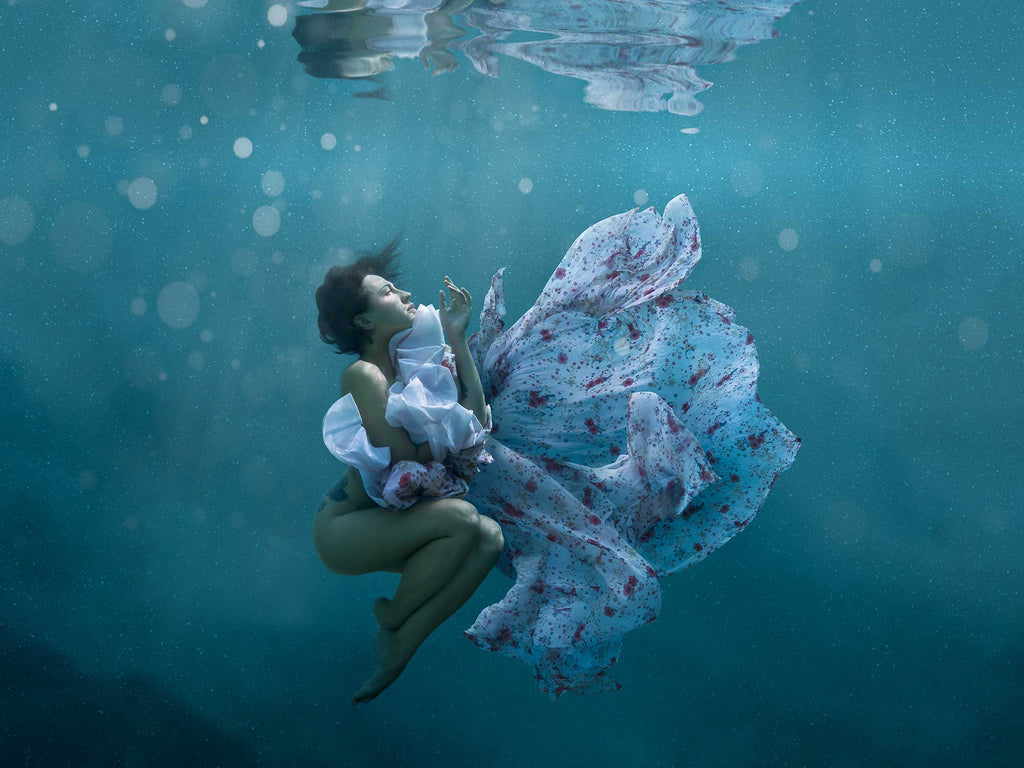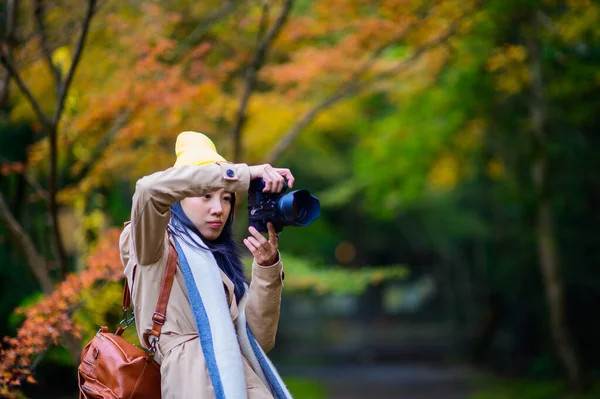Capturing Perfection: A Deep Dive into Modern Photography Techniques and Trends

20-11-2024, 08:33 Admin 6 633 0
In the advent of technological enhancements, the sphere of photography has been undergoing a creative renaissance. Today, capturing a perfect snapshot is a distinctive blend of artistic perception and cutting-edge technology. This article aims to explore the modern techniques and trends shaping the vivid world of photography.
One cannot overlook the technology that has brought a revolutionary shift in photography: the advent of mirrorless cameras. Their lightweight design and superior image quality foster improved efficiency. Gone are the days when adjusting the lens involved fiddling with complicated tools — with mirrorless cameras, real-time changes are displayed on the screen, enabling photographers to modify their settings easily.
High Dynamic Range (HDR) photography is another trend shaping the field. This technique involves capturing multiple photos at different exposures and blending them into a single image. The result? A perfectly lit, highly detailed photograph that offers a dynamic range beyond the ordinary.
In the age of smartphones, mobile photography has scaled new heights. With cameras touting up to 108 megapixels, and a host of applications available for editing, smartphones are a versatile tool in every photographer's arsenal. What’s more, they offer cloud-based storage solutions thereby freeing photographers from worrying about running out of space.
2020 saw the rise of drone photography, introducing an innovative perspective in capturing landscapes and sceneries. It facilitates capturing images from every possible angle, breaking the limitations imposed by traditional photography.
Alongside these techniques, editing tools and software significantly contribute to enhancing a photographed image’s charm. Adobe's Lightroom and Photoshop have become photographer's go-to choices for tweaking colours, shadows, and details. AI-based tools, like Luminar 4, utilize machine learning algorithms to assist users in streamlining the editing process. They can detect and enhance certain parts of an image— whether it's removing blemishes on a face or enhancing the sky in a landscape.
Trends in photography go beyond techniques and equipment. Social media platforms have fueled interactive trends like ‘The Golden Hour’, focusing on snapping pictures during the sunrise or sunset to create warm hues and relaxed ambiances. Other trends include minimalist photography focusing on 'less-is-more' concept, astrophotography, and tiny planet photography where the use of fisheye lens or specific software creates a spherical 'tiny planet' effect.
To wrap up, modern photographers are no longer limited by physical constraints. Be it mirrorless cameras, drone photography, AI-powered editing tools or embracing mobile photography—the trends are as limitless as the imagination. Engaging with these innovative tools and trends empowers photographers to redefine the scope of capturing perfection, bringing their unique perspectives to life like never before. To stay ahead in this ever-evolving game, it is essential to keep exploring and adapting to new techniques, consistently pushing the boundaries of creative expression.
One cannot overlook the technology that has brought a revolutionary shift in photography: the advent of mirrorless cameras. Their lightweight design and superior image quality foster improved efficiency. Gone are the days when adjusting the lens involved fiddling with complicated tools — with mirrorless cameras, real-time changes are displayed on the screen, enabling photographers to modify their settings easily.
High Dynamic Range (HDR) photography is another trend shaping the field. This technique involves capturing multiple photos at different exposures and blending them into a single image. The result? A perfectly lit, highly detailed photograph that offers a dynamic range beyond the ordinary.
In the age of smartphones, mobile photography has scaled new heights. With cameras touting up to 108 megapixels, and a host of applications available for editing, smartphones are a versatile tool in every photographer's arsenal. What’s more, they offer cloud-based storage solutions thereby freeing photographers from worrying about running out of space.
2020 saw the rise of drone photography, introducing an innovative perspective in capturing landscapes and sceneries. It facilitates capturing images from every possible angle, breaking the limitations imposed by traditional photography.
Alongside these techniques, editing tools and software significantly contribute to enhancing a photographed image’s charm. Adobe's Lightroom and Photoshop have become photographer's go-to choices for tweaking colours, shadows, and details. AI-based tools, like Luminar 4, utilize machine learning algorithms to assist users in streamlining the editing process. They can detect and enhance certain parts of an image— whether it's removing blemishes on a face or enhancing the sky in a landscape.
Trends in photography go beyond techniques and equipment. Social media platforms have fueled interactive trends like ‘The Golden Hour’, focusing on snapping pictures during the sunrise or sunset to create warm hues and relaxed ambiances. Other trends include minimalist photography focusing on 'less-is-more' concept, astrophotography, and tiny planet photography where the use of fisheye lens or specific software creates a spherical 'tiny planet' effect.
To wrap up, modern photographers are no longer limited by physical constraints. Be it mirrorless cameras, drone photography, AI-powered editing tools or embracing mobile photography—the trends are as limitless as the imagination. Engaging with these innovative tools and trends empowers photographers to redefine the scope of capturing perfection, bringing their unique perspectives to life like never before. To stay ahead in this ever-evolving game, it is essential to keep exploring and adapting to new techniques, consistently pushing the boundaries of creative expression.
Related News
Leave a Comment

